Mr. Dinh Bri carves a wooden statue in his yard. Photo: Chu Hang
In Pyang village (Kong Chro commune), Mr. Dinh Bri (born in 1961) is known by many people for his dedication to the traditional sculpture profession of the Bahnar people. He said: “When I was 15 years old, my father taught me how to carve statues. From the first clumsy products, thanks to my father's little by little guidance, I gradually became more skillful, and my skills also improved. The more I do it, the more passionate I become. When I realize that this is also a way to preserve traditional culture and pass it on to my children and grandchildren, it becomes love.”
Calling it love is not an exaggeration at all because despite his old age, Mr. Bri still goes into the forest to find each piece of wood, jackfruit wood, magnolia tree, oil tree, etc. to carve statues. A product usually takes him about two days to create, selling for 250,000 - 500,000 VND depending on the size. He happily said: "Currently, I not only sell statues to people in the province but also send them to customers in many other provinces. Last August alone, I sold 8 statues, which also helped me earn money to support my family's life."
Mr. Bri taught his son and several others the art of sculpting. For his contributions to preserving traditional cultural identity, in September 2022, he was awarded the title of Meritorious Artisan. Mr. Dinh E, Mr. Bri's son, shared: "Seeing my father passionately carving wooden statues, I also spread joy. At first, I just learned to know, but the more I did it, the more I liked it and wanted to contribute something to preserving the traditional culture of my people by sculpting statues."
Mr. Dinh Benh takes advantage of his time in the fields to weave. Photo: Chu Hang
In Dong village (Kong Chro commune), Mr. Dinh Benh (born in 1976) is passionate about weaving. Since the age of 17, he has been proficient in weaving baskets, winnowing trays, trays, etc. During the day, he goes to the fields and at night he comes back to sit and weave. Mr. Benh is also knowledgeable in carving statues, singing folk songs and playing the gongs of the Jrai and Bana people.
According to Mr. Benh, the basket is a traditional item that is still closely associated with the lives of the Bana people today. From going to the forest to pick vegetables, fruits, to carrying water bottles, food, etc., all need baskets. Therefore, almost every house in his village must have at least a few baskets.
“When weaving products, the maker needs to be meticulous and focused. Each product, depending on the size, takes from a session to several days, and is sold for tens to hundreds of thousands of dong. For villagers who are still in difficulty, I often give them away or sell them cheaply so they can use them,” said Mr. Benh.
For decades, Mr. Benh has also held the role of Head of the Dong Village Front Committee. He has devoted himself to teaching the craft of weaving to the poor villagers so that they can make products to sell or use in their families.
In Kueng Don village (Ia Hrú commune), village chief Kpa Mua (born in 1981) considers basket weaving an indispensable part of daily life after working in the fields. “When I was about 8 years old, my father taught me how to hold a knife, peel bamboo strips, and practice weaving. Sometimes my hands hurt a lot, but seeing the basket take shape made me very excited. By the age of 12, I was able to weave my first basket, and people in the village praised it for its strength and beauty, so I was very proud,” Mr. Mua recalled.
Depending on the size, it takes Mr. Mua 4-6 days to complete a basket, using only the main materials of reeds, bamboo and a few simple tools. “The money from selling baskets and winnowing baskets helps me buy more rice and pay for my children’s education. But more importantly, I feel happy because baskets are still present in the lives of the Jrai people,” Mr. Mua said.
Mr. Kpa Mua weaves baskets. Photo: Dong Lai
To preserve the traditional craft, Mr. Mua encourages young people to learn weaving. Dinh Moak (born in 1990) shared: “Thanks to Mr. Mua’s perseverance in teaching for free until they know how to do it, some young people in the village have learned the craft. When I first started learning, my hands were calloused, and there were times when I wanted to quit, but he encouraged me to take it step by step. When I was able to weave, I felt proud because I had contributed to preserving the traditional craft and had extra income to support my family.”
Mr. Bui Van Cuong, Deputy Head of the Department of Culture and Society of Ia Hru Commune, said: "Mr. Mua is not only an exemplary and enthusiastic village cadre, but also a keeper of the traditional craft. He often stays close to the locality, gets close to the people, and encourages them to preserve the weaving craft, one of the typical traditional cultural features of the Jrai people."
Source: https://baogialai.com.vn/nhung-nguoi-giu-lua-nghe-thu-cong-truyen-thong-o-buon-lang-post567283.html


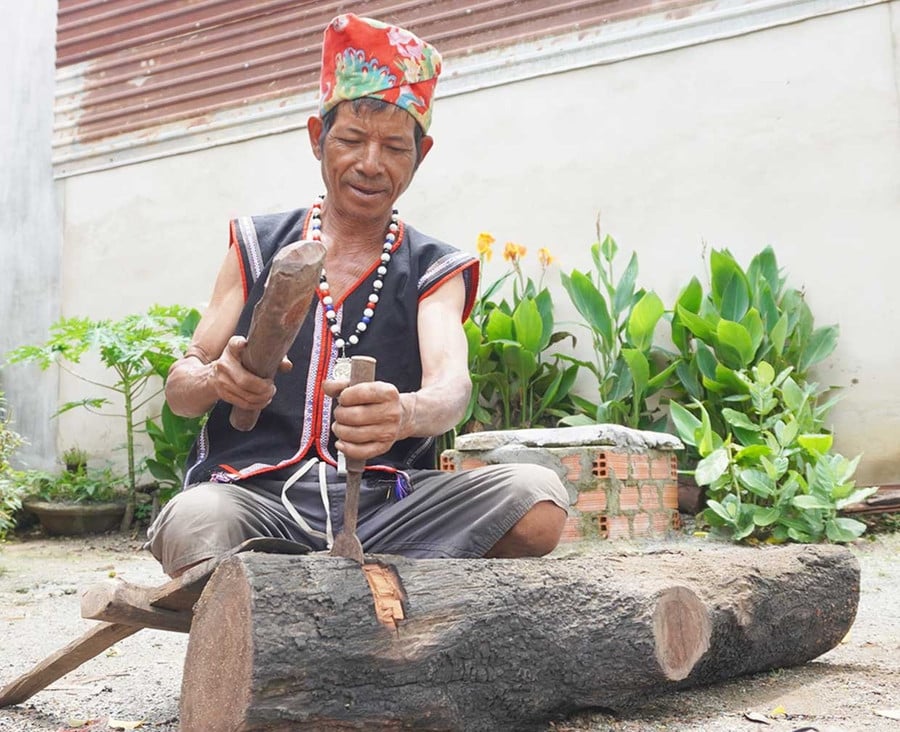
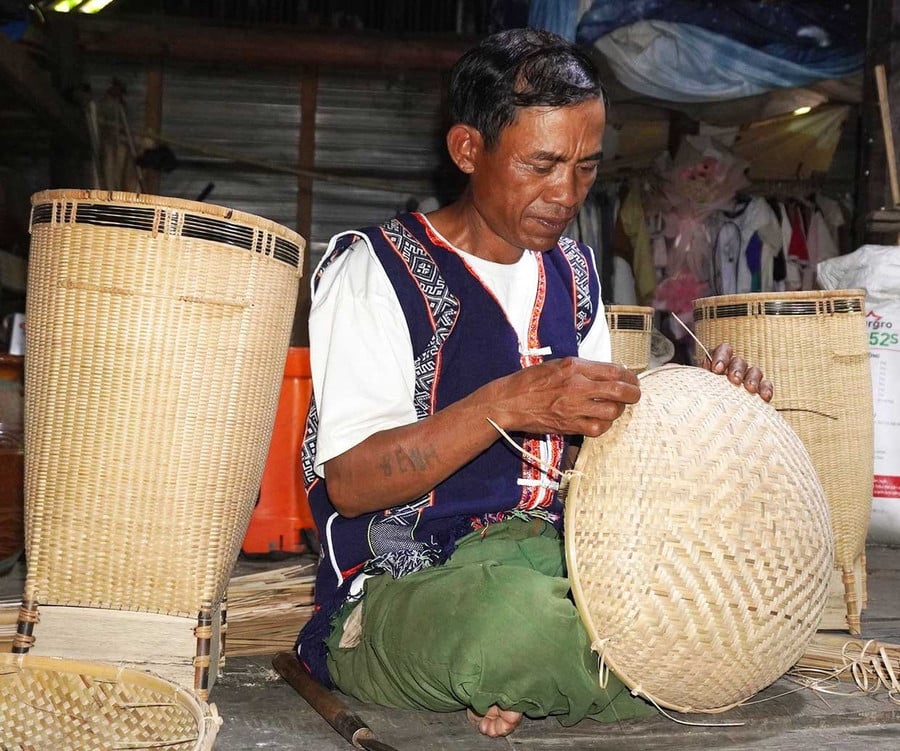
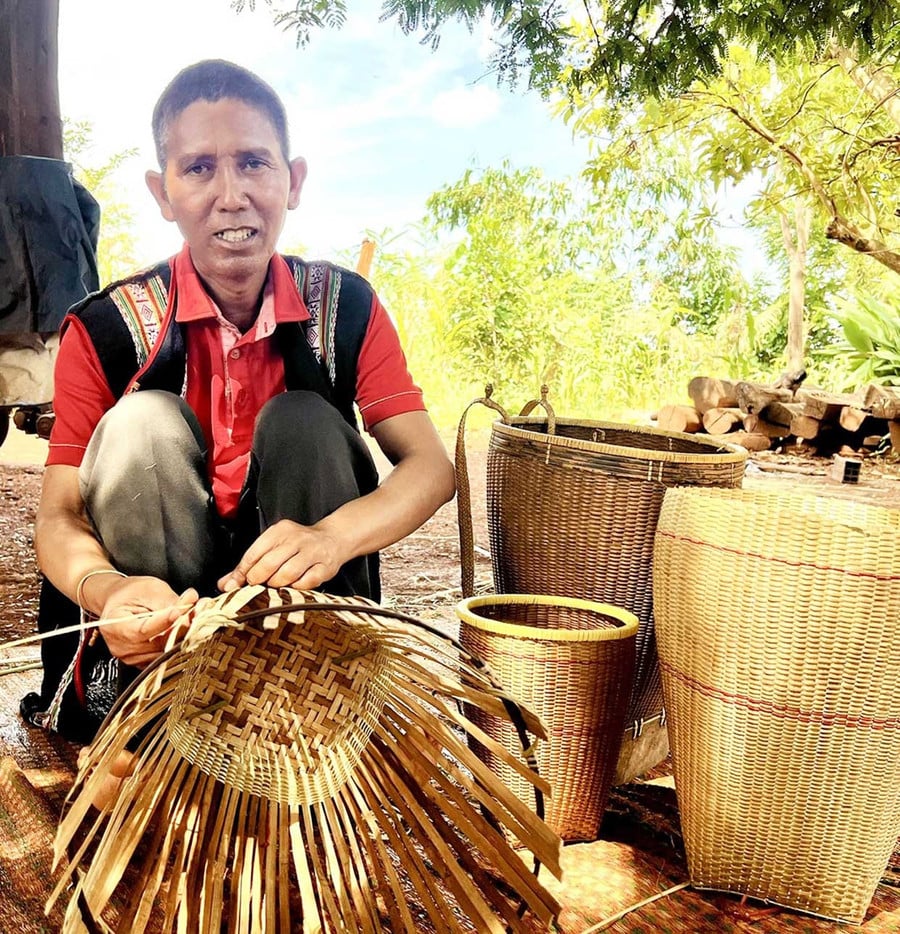



![[Photo] Panorama of the cable-stayed bridge, the final bottleneck of the Ben Luc-Long Thanh expressway](https://vphoto.vietnam.vn/thumb/1200x675/vietnam/resource/IMAGE/2025/9/30/391fdf21025541d6b2f092e49a17243f)
![[Photo] The 1st Congress of Phu Tho Provincial Party Committee, term 2025-2030](https://vphoto.vietnam.vn/thumb/1200x675/vietnam/resource/IMAGE/2025/9/30/1507da06216649bba8a1ce6251816820)
![[Photo] President Luong Cuong receives President of the Cuban National Assembly Esteban Lazo Hernandez](https://vphoto.vietnam.vn/thumb/1200x675/vietnam/resource/IMAGE/2025/9/30/4d38932911c24f6ea1936252bd5427fa)
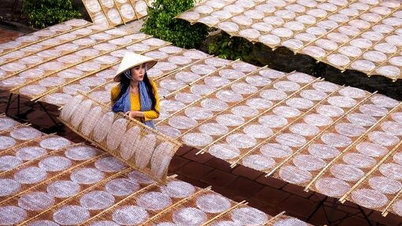


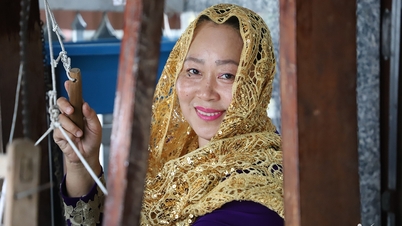

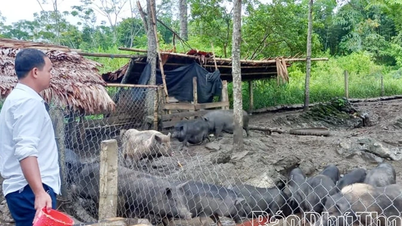

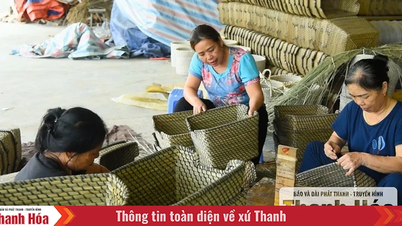

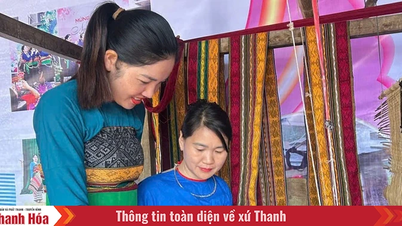

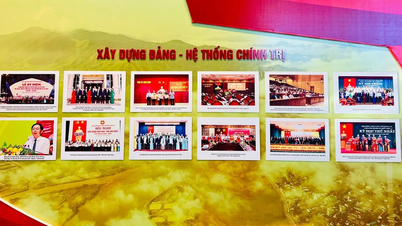
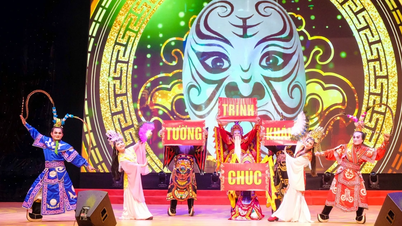
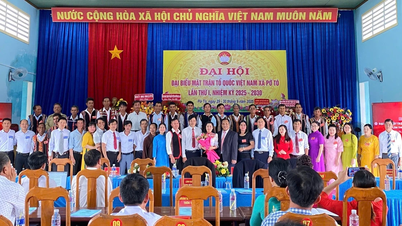
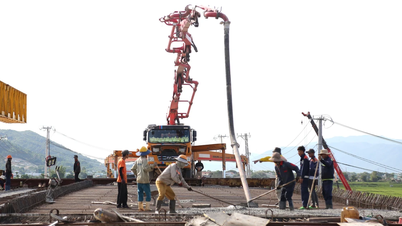
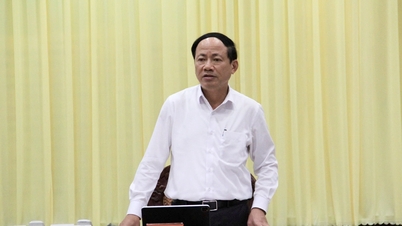






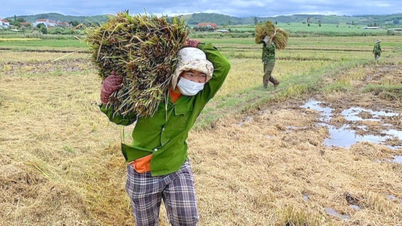

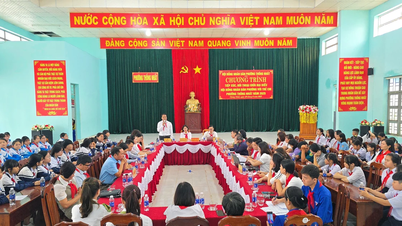


![[Photo] Solemn opening of the 12th Military Party Congress for the 2025-2030 term](https://vphoto.vietnam.vn/thumb/1200x675/vietnam/resource/IMAGE/2025/9/30/2cd383b3130d41a1a4b5ace0d5eb989d)


































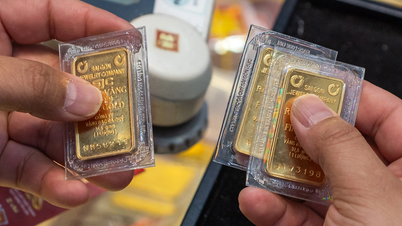










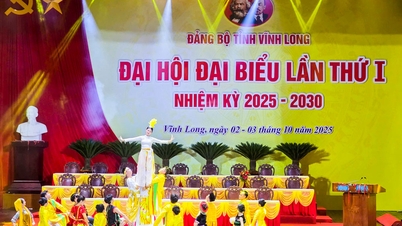

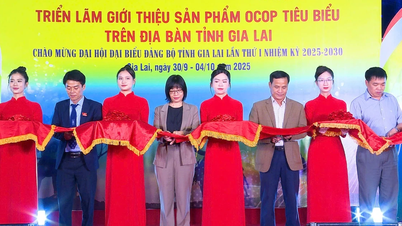


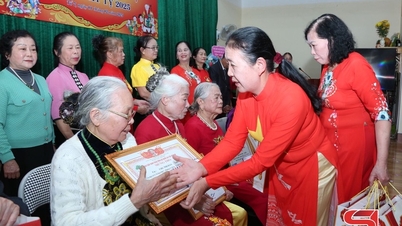















Comment (0)